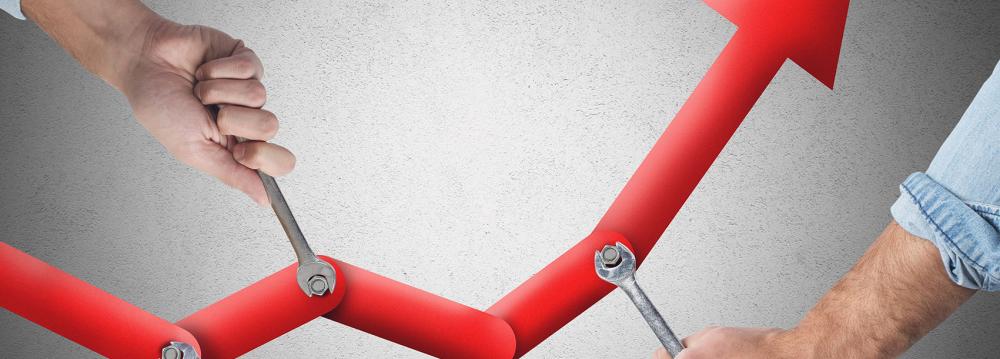A reduction in interest rates would be effective as the country is still grappling with economic recession and lower rates can stoke demand and reduce the cost of living, a deputy head of the Monetary and Banking Research Institute said.
“As interest rates come down, household expenses will drop, too. Therefore, low interest rates can strengthen demand for houses,” added Kamran Nadri in an interview with IBENA.
He noted that attention must be paid to how rates are set, and since the economy is still in recession, “high interest rates are not suitable”.
Nadri, who also heads the Islamic banking division of MBRI, stressed that under current circumstances, the policy of rate cutting is a correct one.
“We must measure the strength of investors and households, and the volume of demand for durable goods against the interest rates,” he said.
“All in all, lowering interest rates can be good for demand.”
Noting that the pace of price growth has slowed in the past few years, the official said, “The problem with our economy is slow manufacturing growth, which is another testament to the validity of low interest rate policies.”
Nadri said interest rates should not be brought down by official decrees, while in the past the CBI was forced to bring down the rates through official directives, which were against its intentions and caused by external pressures.
“The second way to bring down interest rates is that banks come to a mutual agreement, as it happened in early summer when the banks finally agreed to lower their deposit rates, which received the blessing of CBI,” he said.
The official also pointed to the potential drawbacks of lower rates by saying deposits may stay in the banking system for shorter periods and then since the banks’ resources have transformed into short-term deposits, lenders will face a shortage of credits in allocating loans.
“What’s more, with a decrease in interest rates, demand for loans will go up,” he said.
In a meeting on June 12, CEOs of private banks and credit institutions agreed to offer a maximum 15% interest on one-year deposits, down from the previous 18%. The move came after the Money and Credit Council–the top monetary decision-making body–failed to discuss the issue of interest rates at its latest meeting, giving banks space to set rates as they see fit.
Public-sector banks welcomed the move, announcing they would follow the lead of private lenders in lowering the rates. The lenders, however, were compelled by MCC to lower their lending rates by two percentage points as well.
Discrepancy
Nadri warned that a gap will form between demand and supply, if deposits tend to stay in the banks for a shorter time.
According to the MBRI deputy, the Central Bank of Iran can fill the gap by mobilizing the resources at its disposal.
If it fails to do so, “we will be witnessing aberrations in the banking system, which will be caused by the banks’ struggle to augment their resources using other methods”, he said.
“Considering the legal authority of the CBI to print money, the bank can compensate for the shortage of liquidity in the market.”
Recently there have been reports that while interest rates have been brought down, some banks provide higher interest rates to big depositors.
As to why the banks resort to this, the official said small deposits hold no significance for lenders, “but they unofficially offer higher interest rates to keep big deposits in their banks”.
As to the legality of such actions, Nadri said if only a few banks deviate from the official interest rates, the disciplinary division of the CBI can take legal measures to confront them, “but if all the banks decide to resort to higher interest rates to make up for liquidity deficit, the CBI must embark on a monetary easing program”.


